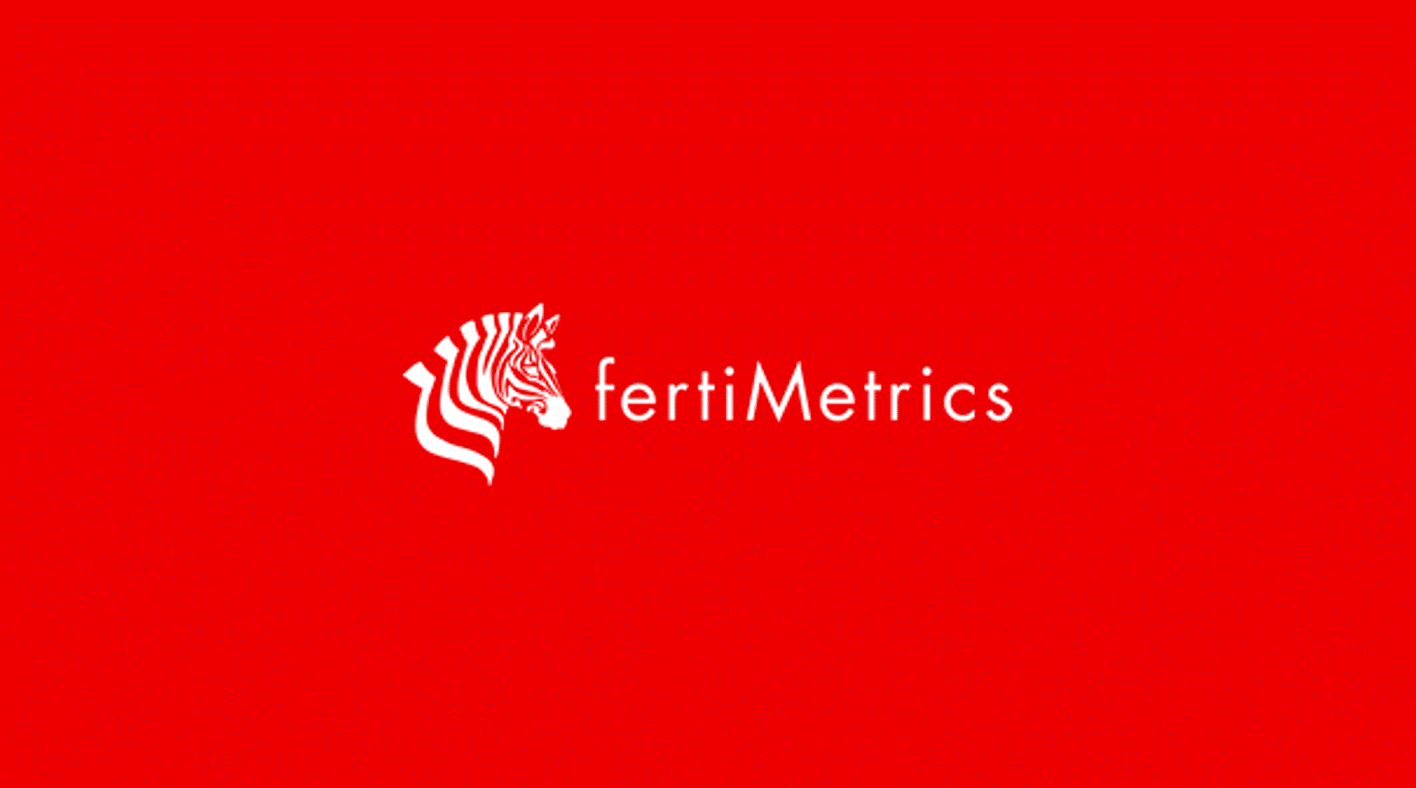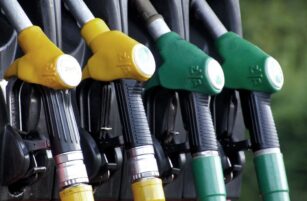Insight Focus
- The UN is trying to broker a deal to resume ammonia exports from Odesa.
- EU ammonia prices are holding firm while talks continue.
- Other global fertilizer prices continue to fall.
…
As reported by Reuters on September 14th, the UN is trying to broker a deal, which already was part of the deal agreed in July, for the resumption of ammonia exports with shipments from the Black Sea port of Odessa. A pipeline transporting ammonia from Russia’s Volga region to Ukraine’s port of Odessa was shut down when Russia invaded Ukraine on February 24th.
Ammonia is a key ingredient in making fertilizers and with gas prices in Europe hovering at very high levels, European producers have been forced to shut down their production.
The absence of ammonia has created hardship for fertilizer producers in Europe.
Currently ammonia prices in Europe are holding firm but not escalating with supplies from the Far East helping plug gaps in Europe. At the time of writing the ammonia price in Europe is around USD 1,200 MT CFR, down from the peak of USD 1,677 reached in March.
Processed phosphate products like DAP/MAP are weak globally except for the US.
DAP in India is currently at between USD 780-820 CFR down an average of USD 180 PMT in the last two months.
MAP prices in Brazil are tanking now at between USD 780-800 CFR and down in excess of USD 500 since the peak in April this year.
In general, high stocks, demand destruction and low sulphur costs are contributing to lower prices of DAP/MAP in the short term.
Increased availability of Potash from both Belarus and Russia are putting pressure on prices globally. SE Asia has become a battleground with standard products pegged between USD 800-850 CFR, down an average of USD 113 PMT or 12% since June-July high of USD 938 CFR.
Granular potash in Brazil is down an average of USD 405 PMT or 34% since the peak of USD 1,180 CFR in April. Prices are now between USD 750-800.
The key to pricing of potash in the near term will be the availability of products from sanctioned Belarus and Russian products, both sources appear to find ways around the world markets.
Urea prices are also under pressure. India’s RCF urea tender resulted in securing 874,000 MT for shipment in October, down from an anticipated 1.2 million MT. Prices came in at levels lower than expected.
Lack of demand from major markets like Brazil, Europe and the US coupled with seasons coming to an end in Thailand and Australia could lead to further price decreases.














